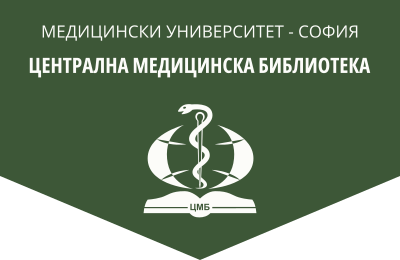Cutaneous melanoma after combined administration of metformin, amlodipine/perindopril and chlorthalidone: role of nitroso contamination as a potential contributor to drug-mediated phototoxicity and photocarcinogenicity
Medical Review (Med. pregled), 2025, 61(6), 49-53.
G. Tchernev1,2, K. G. Tchernev Jr.1, R. Hasegawa1, S. Kordeva1,2
1 Onkoderma – Clinic for Dermatology, Venereology and Dermatologic Surgery – Sofia
2 Department of Dermatology and Venereology, Medical Institute of Ministry of Interior – Sofia
Abstract. The concept of problematic polypharmacy in the context of polymorbidity and the presence of nitroso contamination affecting certain drug groups acquires extreme significance in terms of the generation and maintenance of two other phenomena: phototoxicity and photocarcinogenicity. The two above mentioned in turn are of paramount importance for the development of skin cancer and melanomas in particular. The reason for such interrelationships stems from the fact that the phototoxic drugs declared so far worldwide overlap almost completely with the newly submitted/newly established 2023 FDA list of drugs declared as nitrosamine contaminated. Moreover, nitrosamines are phototoxic and genotoxic substances, linked pathogenetically and for years to the generation of diverse forms of cancer, including skin cancer. The presented article informs about a patient with melanoma of the skin in the area of the back and comments on its possible triggering during concurrent treatment with metformin, amlodipine, perindopril and chlorthalidone in the context of drug-mediated nitrosogenesis or nitroso photo carcinogenesis of cancer.
Key words: photo nitroso carcinogenesis, drug-related nitrosogenesis, photocarcinogens, phototoxicity, photocarcinogenicity, cutaneous melanoma, skin cancer, metformin, amlodipine, perindopril, chlorthalidone
Address for correspondence: Prof. Georgi Tchernev, MD, e-mail: georgi_tchernev@yahoo.de
